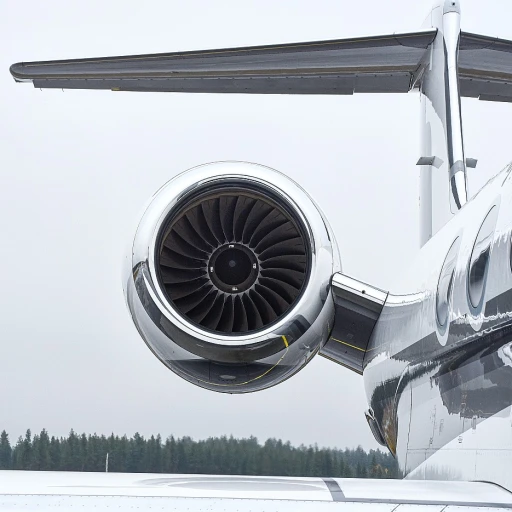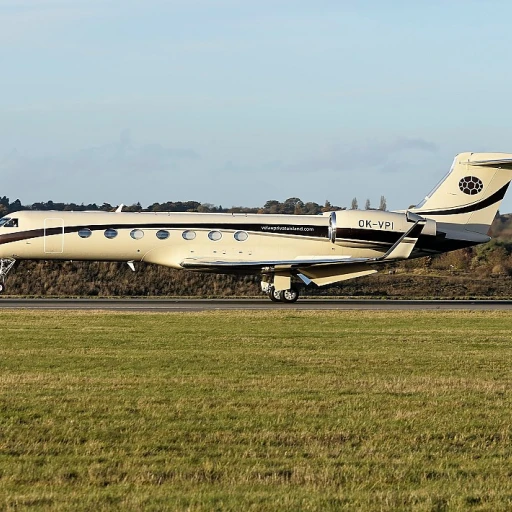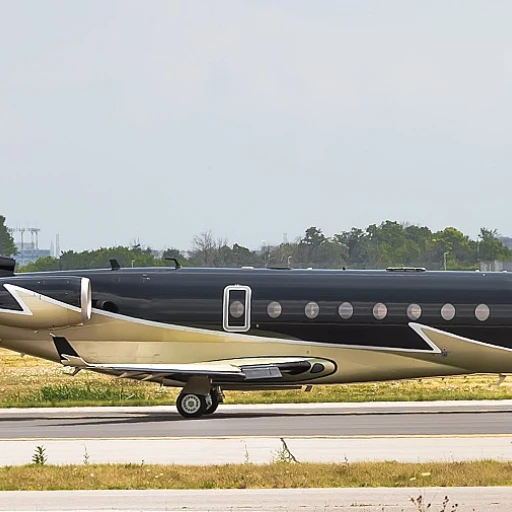
Understanding private jet tracking: an overview
Why track private jets? unraveling the uses and benefits
Tracking private jets isn’t just about keeping tabs on the rich and famous—it’s got other significant applications too. Ever wondered why people track private jets? Well, the reasons vary widely and can be pretty compelling.
Asset Management: Business owners and management firms use tracking systems to monitor their investments and ensure their aircraft operate efficiently. With planes like Bombardier Global Express or Dassault Falcon, it becomes vital to track maintenance, utilization, and flight schedules.
Security and Safety: Governments and private entities rely on tracking for security purposes. This includes monitoring air traffic and potential unauthorized landings. It helps ensure the aircraft is where it should be and detects anomalies like prolonged stops in unfamiliar areas.
Flight History: For analysts and aviation enthusiasts, tracking flight history offers invaluable data. Platforms like FlightAware and ADS-B Exchange provide extensive histories of aircraft movements, aiding in research and trend analysis.
Celebrity Gossip: Yes, there’s a lighter side too. Enthusiasts love tracking jets owned by celebrities like Taylor Swift, Elon Musk, or Kim Kardashian. It's like a peek into their lavish lifestyle and travel patterns, turning flight data into engaging stories.
Environmental Impact: Environmental groups track private jet usage to study carbon footprints. According to Transport & Environment, private jets are 5 to 14 times more polluting per passenger than commercial planes. Such data often fuels debates on climate change and high-profile travel.
Different groups use private jet tracking data for various unique purposes. But how exactly does it work? Buckle up; in the next part, we’ll dive into the fascinating details of real-time flight tracking methods and technologies.
Top flight trackers for private jets
FlightAware - the go-to for private jet tracking
If you're serious about tracking private jets, FlightAware is a must. This platform is trusted by professionals and enthusiasts alike for its robust features and accuracy. FlightAware offers real-time flight tracking, with data sourced directly from air traffic control systems. It delivers precise flight history and status updates, essential for those wanting to stay informed about private jet movements.
ADS-B Exchange: an independent powerhouse
For those who need an independent resource, ADS-B Exchange is gold. Unlike other services, ADS-B Exchange isn't restricted by the Federal Aviation Administration (FAA) and doesn't block any aircraft. It's the platform where you can track even those jets that prefer to stay off the grid. It uses Automatic Dependent Surveillance-Broadcast (ADS-B) to bring you the full picture.
Jet Tracker by Stars Jets
Stars Jets has created an intuitive jet tracker that’s perfect for casual users and pros alike. It’s particularly famous for tracking high-profile aircraft, including those associated with celebrities like Elon Musk and Taylor Swift. This platform lets you monitor flights by the tail number, giving you insights into the travel habits of the jetsetting elite.
Tracking data on the go: FlightRadar24
If you need to track flights while you're out and about, FlightRadar24 offers a fantastic mobile app. This app brings real-time data and comprehensive flight information right to your fingertips. Perfect for those who need private jet data instantly, FlightRadar24 capitalizes on global coverage to ensure you always have the latest tracking information.
Popular among amateur trackers: Planespotters.net
Another gem in the tracking world is Planespotters.net. Popular among aviation enthusiasts, this site offers a community-driven approach to aircraft tracking. Users can contribute, verify, and share information about private planes, making it a dynamic resource for tracking jets, from the Bombardier Challenger to the Dassault Falcon.
Real-time flight tracking: how it works
How technology makes real-time flight tracking possible
If you've ever wondered how you can pinpoint the exact location of a private jet in the sky, you're not alone. There's some pretty nifty tech behind this magic trick. Ever heard of ADS-B (Automatic Dependent Surveillance-Broadcast) and ATC (Air Traffic Control)? These systems are kind of like the unsung heroes of the aviation world.
ADS-B is a fancy term, but it boils down to this: an aircraft broadcasts its GPS coordinates, speed, altitude, and direction at all times. This information is then picked up by ground-based or satellite receivers and fed into various tracking services, such as FlightAware. According to the Federal Aviation Administration (FAA), over 90% of the world's global commercial fleet is equipped with ADS-B transponders.
The role of ground stations and satellites
So, who’s picking up these broadcasts? Well, ground stations and satellites are playing a game of catch with those signals. Ground stations are set up all over the place, but they’re especially dense around busy airports. However, for those jets taking scenic routes over the ocean, satellites fill in the gaps. Recently, space-based ADS-B systems have upped the game in real-time tracking, covering even the most remote areas.
Deciphering the data
Tracking a private jet isn't just about knowing where it is right now. It’s also about gleaning a whole bunch of other useful data. Companies like FlightAware and ADS-B Exchange have harnessed these technologies to provide comprehensive information, including flight history, altitude changes, and speeds. For instance, FlightAware has become a go-to platform for many who wish to keep tabs on high-profile jets, including those of celebs like Taylor Swift and billionaires like Elon Musk.
Privacy and ethical concerns
It’s essential to mention that real-time tracking isn’t without its controversies. Privacy advocates argue that tracking technologies could infringe on personal privacy. Public figures, such as Kim Kardashian and Mark Zuckerberg, have been vocal about their concerns regarding personal surveillance. Jack Sweeney’s social media accounts, which provide details on the movements of high-profile jets, including Musk's Bombardier Global Express, have stirred quite the debate on this issue. Learn more about these privacy intricacies at our safety-guide.
Bringing it all together: the flight trackers
So, how can you track private jets in real-time? The key players in the game include FlightAware, ADS-B Exchange, and Plane Finder. These platforms utilize a combo of ADS-B data, ground-based receivers, and satellites. For example, FlightAware tracked over 19 million private jet flights in the past year alone. Whether it's a Dassault Falcon, Bombardier Challenger, or personal jet charter, these platforms offer detailed dashboards, letting you know the ins and outs of every flight.
In sum, real-time flight tracking is a blend of sophisticated tech and vigilant monitoring. With the rise of satellite-based systems and powerful software, there's little that escapes the radar these days. As private jet tracking technologies advance, keeping an eye on those swift and luxurious planes will only get easier.
Case studies: tracking the jets of the rich and famous
Tracking the Jets of the Wealthy Elite: Who's Taking to the Skies?
When it comes to tracking private jets, attention frequently turns to the luxurious travel habits of renowned personalities. From tech moguls to celebrities, these individuals traverse the globe in style. But how is their jet-setting monitored so meticulously?
One prominent example is Elon Musk, who regularly crisscrosses the United States and beyond in his Gulfstream G550. Thanks to platforms like ADS-B Exchange and FlightAware, enthusiasts and media alike can track his flights in near real-time, providing up-to-the-minute data on his travel patterns. Jack Sweeney, a social media user who goes by the handle @ElonJet, has made a name for himself by publicizing Musk's flight history, much to the entrepreneur's chagrin.
Similarly, pop icon Taylor Swift's Dassault Falcon 900 is another frequently tracked aircraft. According to a Forbes report, Swift’s jet movements have garnered significant media attention, particularly for their environmental implications given the large carbon footprint associated with private jet travel.
Billionaires like Jeff Bezos and Bill Gates also find their flight data readily available to the public. Bezos, often flying in the luxurious Gulfstream G650ER, has had his travel scrutinized for both personal and business reasons. Gates’s frequent use of a Bombardier Global Express has been documented extensively, with data showing patterns that reflect his various philanthropic endeavors around the globe.
Not all come under fire. For instance, Kylie Jenner's use of her Bombardier Global 7500 has been a subject of public curiosity rather than criticism. Fans eager to catch glimpses of her lifestyle often follow her jet’s movements closely using flight trackers.
Privacy concerns surrounding this level of scrutiny have led to ongoing debates and intermittent legal action. While services that track these flights operate within the bounds of legality, some high-profile jet owners have voiced concerns about the safety and privacy implications.
In summary, the ability to track private jets of the rich and famous provides fascinating insights into their globe-trotting lifestyles. Whether for curiosity, journalism, or even environmental monitoring, the data make it possible to understand just how and where the elite travel.
Expert insights on private jet tracking
Insights from aviation industry experts
Aviation experts have shed light on the growing interest in tracking private jets. Jack Sweeney, a notable figure, gained attention for his project that tracked the flights of high-profile individuals like Elon Musk, Taylor Swift, and Kim Kardashian. Sweeney leveraged publicly available ADS-B (Automatic Dependent Surveillance-Broadcast) data to monitor these private planes.
This enthusiastic interest in tracking private jets is mirrored by the advanced platforms offering these services. FlightAware, a leading provider in this space, allows users to access real-time data on private jet movements. VeriFly, another platform, utilizes ADS-B data and visualizes air traffic for both private and commercial aircraft. These services are invaluable for aviation hobbyists and industry professionals alike, providing comprehensive flight history and live updates.
Expert opinions on the future of private jet tracking
Experts predict that the technologies driving real-time flight tracking will continue to evolve rapidly. Enhanced ADS-B systems and satellite-based tracking promise even greater accuracy and broader coverage. For instance, air traffic controllers and aviation software companies are already working on incorporating newer tech such as space-based automatic dependent surveillance-broadcast (ADS-B). According to the FAA, these innovations are aimed at improving situational awareness and airspace capacity.
Privacy versus transparency in private jet tracking
However, the balance between privacy and transparency remains a heated debate. While platforms like FlightAware provide comprehensive tracking capabilities, they also raise questions about the privacy rights of jet owners and passengers. Some high-profile individuals have advocated for stricter regulations on flight tracking data. For example, Elon Musk has publicly expressed concern over personal safety due to the exposure of his travel details.
Conversely, aviation experts argue that such transparency is crucial for maintaining accountability and safety standards in air traffic control. The Federal Aviation Administration (FAA) supports this viewpoint, emphasizing that the benefits of real-time monitoring outweigh the privacy concerns.
Case studies: monitoring the elite's jets
Several renowned figures have had their flight histories tracked, revealing fascinating insights into their travel patterns. For instance, Taylor Swift’s Dassault Falcon 900’s movements have been meticulously followed, offering fans and critics a glimpse into her extensive travels. Similarly, Jeff Bezos and his Bombardier Global Express have become well-documented subjects in the tracking community.
These case studies not only highlight the capabilities of current tracking technologies but also underscore the ongoing interest in the movements of high-profile private jet users. Detailed flight histories and real-time tracking data provide a clear picture of the extensive logistics involved in the jet-setting lifestyles of the rich and famous.
Conclusively, tracking private jets remains a dynamic intersection of technology, privacy, and public interest. With continued advancements and growing accessibility, this field will likely see even more integration of sophisticated tracking systems, making it an exciting area to watch.
Privacy concerns and legalities in private jet tracking
Understanding the privacy dilemma in private jet tracking
When it comes to tracking private jets, privacy is a subject that sparks a lot of debates. Considering the high-profile individuals such as Elon Musk, Kim Kardashian, and Taylor Swift, there are both security concerns and interests from the public to find out where these private planes are headed. This balance between transparency and privacy is challenging to navigate.
Regulations and privacy rights
Various regulations around the tracking of private jets exist to address these privacy concerns. The Federal Aviation Administration (FAA) has implemented certain measures like the ADS-B (Automatic Dependent Surveillance-Broadcast), which aims to offer better surveillance and air traffic control. However, the information from ADS-B systems is often publicly accessible, raising concerns about real-time tracking.
One approach the FAA uses is the Privacy ICAO Address (PIA) program. This allows aircraft owners to request alternate tail numbers, effectively making their actual identity harder to track. While this offers a layer of security, it also raises questions about the balance of transparency and secrecy over air traffic data.
High-profile examples and controversies
There have been several controversies involving high-profile individuals and private jet tracking. For example, Jack Sweeney, a teenager, gained media attention by creating a Twitter bot to track Elon Musk's private jet using publicly available ADS-B data. Elon Musk himself offered to pay Jack to stop tracking his planes, citing privacy concerns. This incident highlights both the ease of accessing tracking data and the significant privacy implications for individuals who prefer to keep their movements private.
Expert opinions on private jet tracking
Experts in aviation are divided on the issue. Some, like John Zimmerman from Sporty's Pilot Shop, argue that the benefits of tracking for air traffic management and safety are indispensable. Others advocate for stricter limits on publicly accessible flight data to protect privacy. The National Business Aviation Association (NBAA) supports more privacy protections, emphasizing that not just celebrities, but many business executives also face security risks from being tracked.
The ongoing debate on legal aspects
While regulations like the ADS-B are intended for safety and efficiency, they unintentionally make it easier for anyone to track private jets, leading to questions about legal protections for personal flight data. Innovations like the Private ICAO Address are a step towards resolving these issues, but the debate continues as technology evolves and public interest in the whereabouts of the rich and famous remains high.
The future of private jet tracking
{ result: "Emerging technologies shaping private jet tracking
The future of private jet tracking is being reshaped by cutting-edge technologies that are set to make air surveillance more accurate and accessible. Automatic Dependent Surveillance-Broadcast (ADS-B) technology is at the forefront of this evolution. According to the Federal Aviation Administration (FAA), ADS-B has quickly become a cornerstone in modernizing air traffic control systems in the United States. By consistently broadcasting the aircraft's location, velocity, and other pertinent data, ADS-B facilitates safer and more efficient airspace management.
Elon Musk's SpaceX is also contributing to the revolution in aircraft tracking through its satellite constellation, Starlink. Real-time flight data can now be streamed even in remote areas that lack traditional radar coverage. According to SpaceX, this capability marks a significant leap in global air surveillance, ensuring no aircraft is out of reach.
Data integration and analytics
With the surge in data from various tracking technologies, integrating and analyzing this data is vital. Platforms like FlightAware are pioneering in this domain. By compiling vast amounts of real-time data from ADS-B signals, crowdsourced information, and official air traffic control data, FlightAware offers comprehensive tracking services. This fusion of data feeds allows for a more holistic view of global air traffic, including private jets, with coverage spanning 195 nations as of 2022, according to FlightAware's official reports.
The role of machine learning and AI in processing this data cannot be overstated. Predictive analytics is becoming a game-changer, enabling users to foresee potential delays or other disruptions based on historical data. AI-based algorithms help in enhancing the accuracy of flight paths, providing not just the current position but also estimated arrival times and potential alternative routes.
Advanced privacy solutions for jet owners
Privacy remains a significant concern for private jet owners, with tracking technologies posing potential risks to confidentiality. To address these concerns, the aviation industry is innovating new solutions. For instance, private jet manufacturers like Bombardier and Dassault are incorporating enhanced privacy features into their aircraft, such as encrypted communication systems.
Furthermore, service providers like ADS-B Exchange offer options to anonymize tail numbers, reducing the risk of private jets being easily tracked. This service is especially popular among high-profile individuals keen on maintaining their privacy while traveling.
Practical tips for tracking private jets
Choosing the right tools for the job
When it comes to tracking private jets, having the right tools can make all the difference. Websites like FlightAware and ADS-B Exchange are among the top choices for real-time flight tracking. These platforms use data from Automatic Dependent Surveillance-Broadcast (ADS-B) systems to provide up-to-the-moment information on a plane’s location. Experts often recommend these tools because they offer comprehensive tracking capabilities with user-friendly interfaces.
Keeping tabs on elusive celebrities
If you're eager to track the flights of high-profile individuals such as Elon Musk or Taylor Swift, social media can be an unexpected ally. Jack Sweeney, a college student, became a sensation for publicly tracking Musk’s jet using bots that compile ADS-B data. By following the right social media channels and aviation enthusiasts, you can gain insights into the travel patterns of the rich and famous.
Understanding tail numbers
Tracking private jets effectively often involves knowing the aircraft tail number, a unique identifier for each plane. Websites and apps allow users to input these tail numbers to get detailed flight history and status updates. It’s like having a private jet tracker in your pocket, giving you access to critical information anytime you need it.
Subscribing to premium services
For those who need more detailed and personalized tracking, subscribing to premium services is a great option. Companies like FlightAware offer paid subscriptions that provide additional features such as real-time alerts, historical flight data, and even weather overlay maps. These tools can be particularly useful for businesses managing multiple private jet charters or for aviation enthusiasts who need more detailed tracking information.
Practical usage tips
For effective and practical tracking of private jets, it’s advisable to combine multiple data sources. Use a mix of free and premium tracking tools, follow aviation experts on social media, and keep up-to-date with tail numbers. This multi-faceted approach ensures that you have the most accurate and comprehensive information at your fingertips, making your tracking endeavors as precise and satisfying as possible.
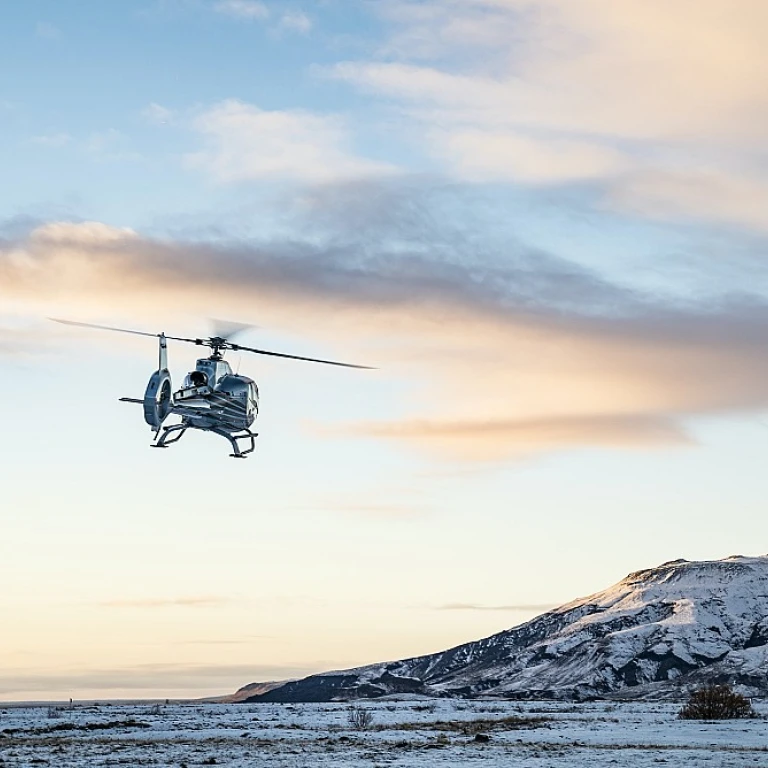
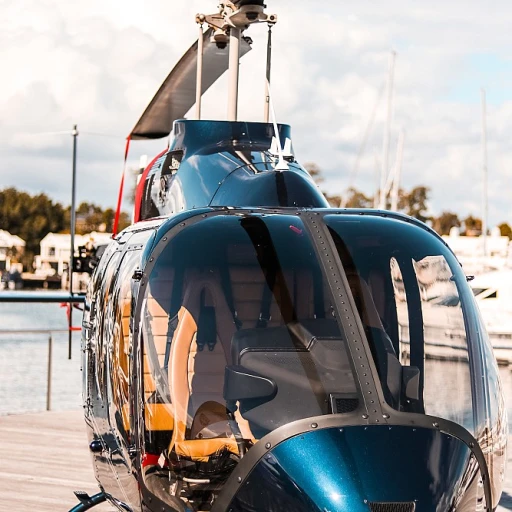

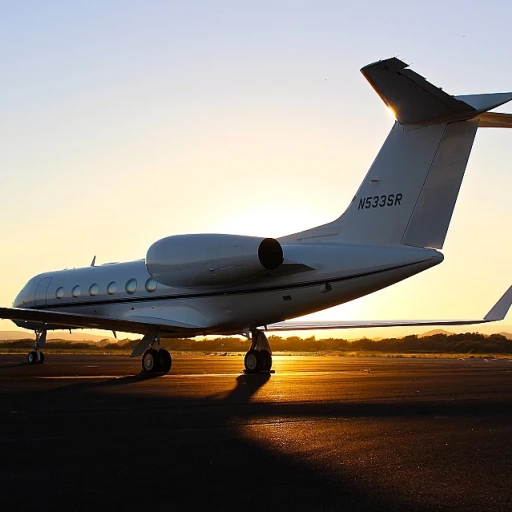
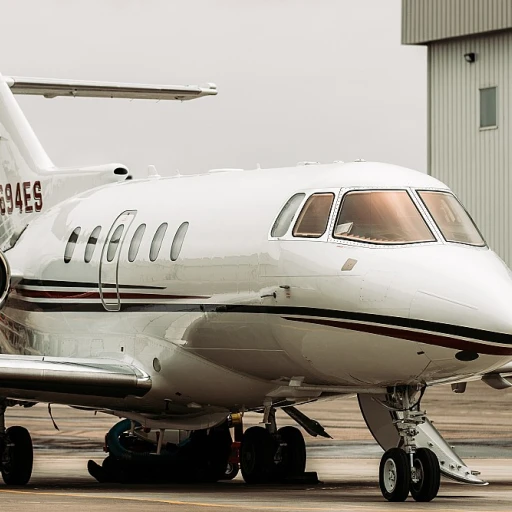
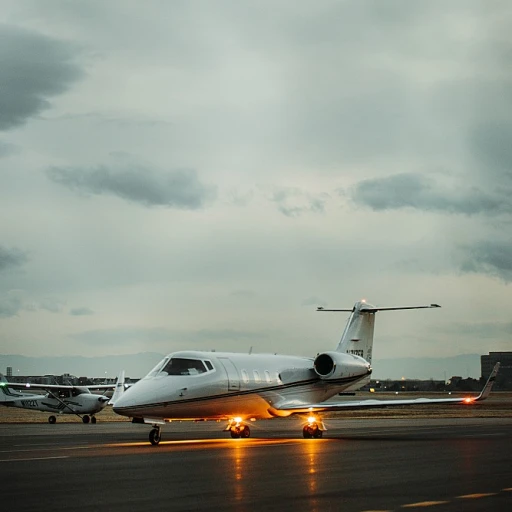

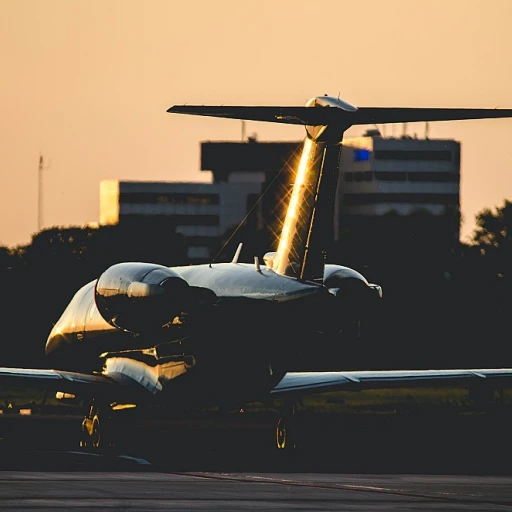
-large-teaser.webp)
